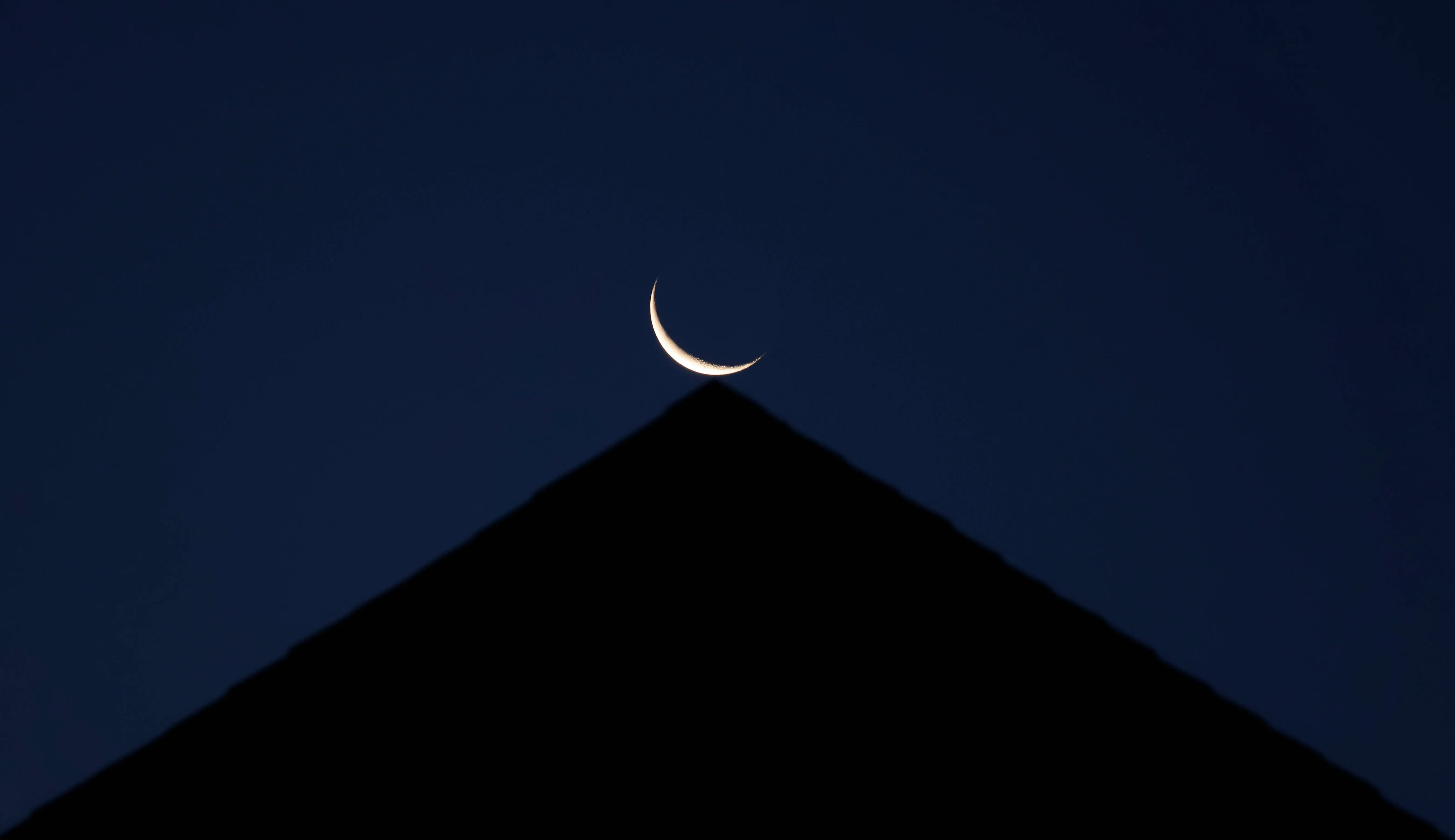Crescent Moon, Mars, and Mercury to create a striking celestial alignment visible after sunset on October 23, 2025
-
 HOBOKEN, NJ - AUGUST 1: A 9 percent waning crescent moon rises before sunrise on August 1, 2024, in Hoboken, New Jersey. (Photo by Gary Hershorn/Getty Images)
HOBOKEN, NJ - AUGUST 1: A 9 percent waning crescent moon rises before sunrise on August 1, 2024, in Hoboken, New Jersey. (Photo by Gary Hershorn/Getty Images)If you are fond of gazing at the night sky, you may want to go out this Thursday night. On October 23, 2025, the crescent Moon, Mars, and Mercury will be in close proximity shortly after sunset, providing a gentle and lovely view for sky observers all over.
Astronomers explain that the three will be in line in the western sky a short while after sunset. The thinnest crescent Moon will be easiest to see glowing softly in the twilight.
Below it, the tiny red twinkle of Mars and the dim glow of Mercury will finish the sight. It will be calm and fleeting, most observable within an hour of sunset.
How to see it
To catch the alignment, go outside around 30 to 45 minutes after dark and face west. Find a spot with an open horizon view — such as a rooftop, terrace, or field — since the Moon and planets will be low in the sky. If there are trees or tall buildings, they can obstruct your view.
You don't need a telescope to witness this event. The Moon and Mars will be visible enough to view with the naked eye. Mercury can be shy, though. Because it is close to the Sun, it tends to hide in the evening light, so you may be able to find it more easily using binoculars.
If you have clear skies and patience, you'll have the chance to watch a serene, shimmering view of three worlds unifying for a few minutes before they dip below the horizon.
Why is this event special
The Moon regularly comes close to other planets each month, but the opportunity for both Mars and Mercury to be near it at once is rare. These are referred to as conjunctions when celestial bodies are close together to our eyes from Earth.
This one is especially beautiful because it occurs in the early evening, when most individuals can go out and observe it without having to stay up late. It's a reminder that even without any high-tech equipment, there's always something amazing to observe in the evening sky.
Mars will be a bright reddish speck, shining softly below the Moon. Mercury will be a small point of light a bit lower and less bright, but if you can find it, you'll know you're seeing the smallest and quickest planet in our solar system. The crescent Moon, shining in the sky, will be the guide your eyes need to find the planets.
A simple guide for photography
If you'd like to photograph it, try using night mode on your phone or a tripod-stable camera to steady it. Take the photo shortly after sundown, when the blue sky remains and the curved shape of the Moon softly glows.
You may be able to capture a lovely photo of the Moon with two tiny dots close by — one red, one slight — indicating Mars and Mercury. Even if you do not intend to photograph, the brief period can be a relaxing end to the day.
Observing the colours of the sky change as the Sun descends, then later the Moon and planets emerge individually, can be a peaceful reminder of the beauty of the night sky.
A few minutes of magic
Events like this don’t last long — within an hour, the Moon and planets will disappear below the horizon. But for those few minutes, it’s worth stepping outside, taking a deep breath, and simply looking up.
So, on October 23, when the evening sky turns soft and golden, look toward the west. You’ll see the crescent Moon, Mars, and Mercury forming a graceful line — a small, simple gift from the universe for anyone who pauses to notice it.
TOPICS: Crescent moon